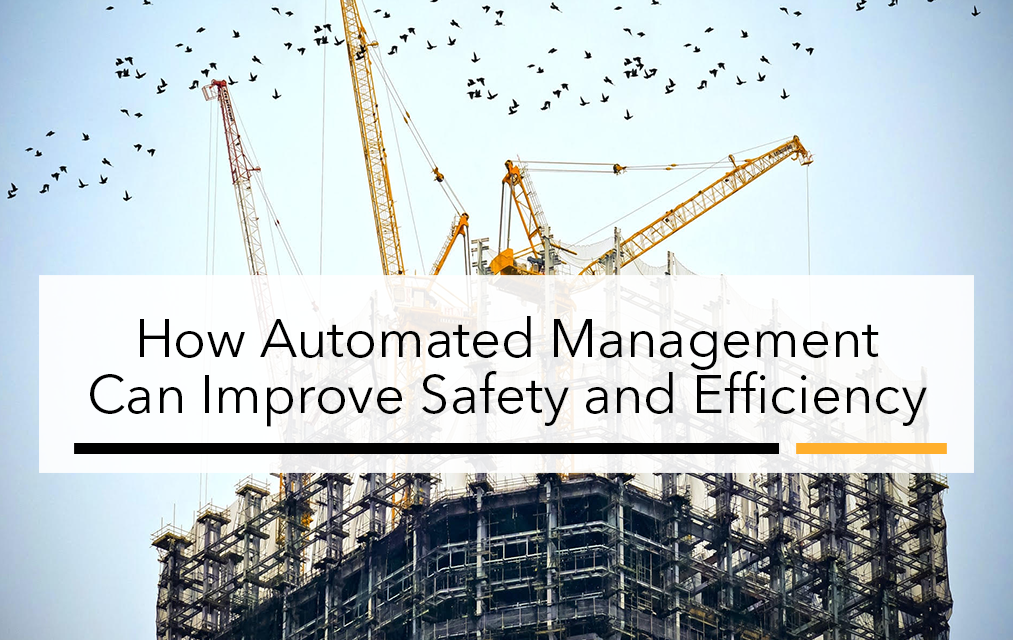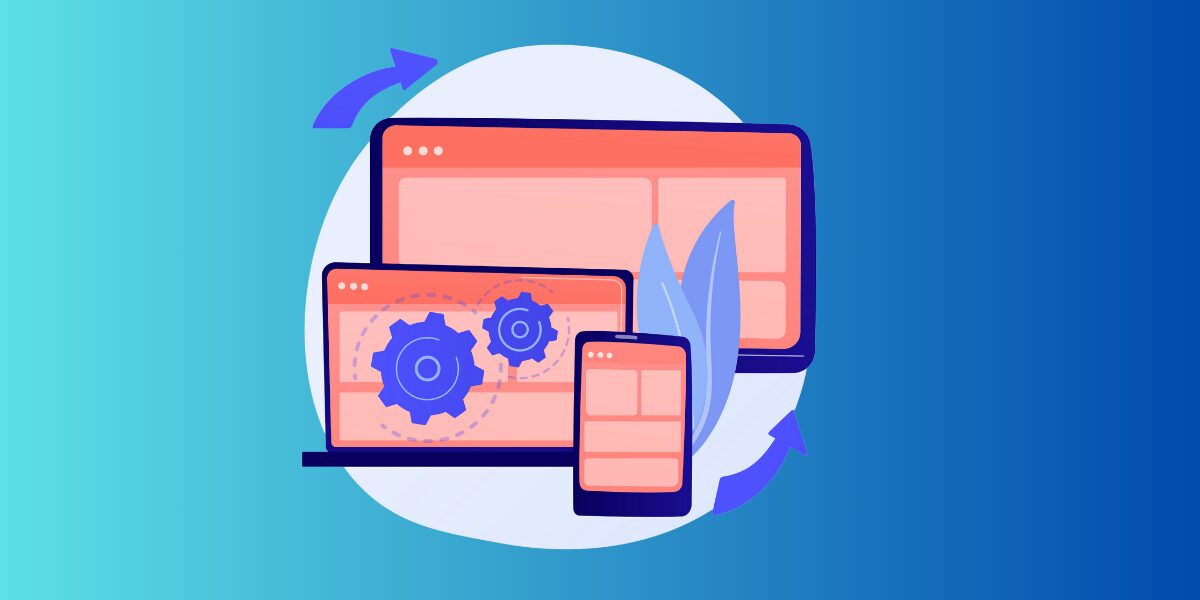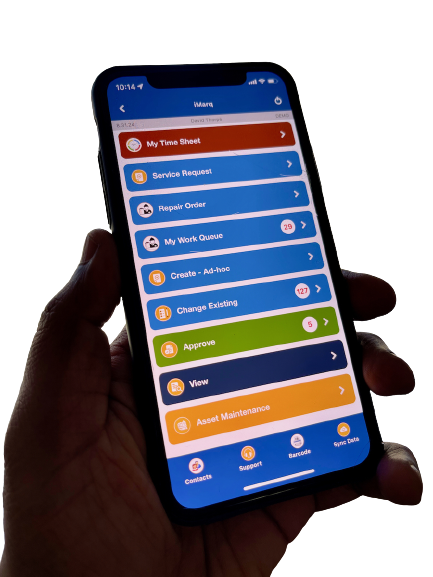Streamlined processes and automated management for employees working in the field or on-site is the new way of doing business. Filling out paper forms on-site and then inputting the data into the system, either on a laptop or back at the office at the end of the day, is the old way of doing things — a way that deserves to be left in the last century, where it belongs.
The 21st century approach uses technology — primarily cloud-based systems paired with mobile apps — to improve business efficiency.
Process Automation
Committing to digital transformation provides several benefits. The ability to instantly access on-site data from the office and, even more importantly, accessing real time data in the field, becomes a real possibility, while the removal of pen and paper eliminates the potential of errors due to illegible handwriting. Processes that can be automated using Connixt’s iMarq application include:
- Daily reports
- Site walkthroughs
- Safety briefings
- Timesheets
- Contractor management
- Surveys/estimations
- Site inventory management
- Material movement/receipts
- Asset inspections & maintenance
- Condition assessments
- Service requests
Efficiency Improvements

Automating these processes provides several improvements to both safety and efficiency for enterprises working in industries with distributed sites, crew and assets, such as the construction industry, for example. For management and office staff, a direct digital connection to field work has a tangible impact on billing and ordering cycles as information is available immediately. Additionally, it can improve analysis and decision-making based on the situation on the ground. In terms of efficiency, what used to take days now takes minutes. As pen and paper are replaced by apps, the workflow changes: instead of writing things down and then, at the end of the day, manually inputting them into a computer, staff can directly input the data on-site using tablets or smartphones. In the office, staff access the data through a cloud-based system, providing for a seamless transfer and analysis process.
The accounting department illustrates the possible efficiency improvements, allowing employees to digitally input timesheet information, which streamlines the payroll process, as it eliminates the need to manually transfer data from paper timesheets. More importantly, if customers need to be billed for work completed and time/material consumed, digitization can reduce to mere hours the billing lag between work performed and billed.
For the operations department, the ability to view, issue, and modify daily reports or site-walkthrough documentation in real time streamlines processes and enables improved data analysis opportunities.
Digitizing processes — such as forms associated with site walkthroughs and daily reports — enhances compliance by ensuring that data collected is complete and accurate, and presented in a standardized format.
Data Integration
Once collected, this data can then be integrated with other internal systems, or even external systems – such as to customers or suppliers. To see this process in action, think of a work order for a service call. It details the materials required, assigns an employee, and accounts for the use of items such as fleet vehicles. In an integrated system, inventory is adjusted, timesheets are updated, and the fleet vehicle is assigned as in use, all without any need for manual user input. Should anything change, the data can be adjusted accordingly. And if material is consumed and needs to be reordered, the system can automatically trigger an order from a central warehouse or a supplier.
Improving Safety & Compliance
The proliferation of smartphones offers enterprises a unique opportunity for jobsite safety awareness. It is possible, for instance, to send updated safety briefings each day, which can be tailored to an employee or contractor’s division or their level within the organization. This unified message ensures the proper information is being delivered.
Digitally delivering safety briefings is an obvious method to enhance site safety through digital transformation, but there are other, less obvious, safety improvements as well. Managing employee time through up-to-date timesheet tracking can reduce the potential for fatigue-related accidents, for instance.
Transitioning to a mobile-first approach to on-site data gathering offers several advantages in monitoring safety and creating efficiencies. Reach out to Connixt to find out how an automated management solution can benefit your enterprise.





